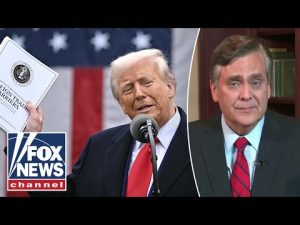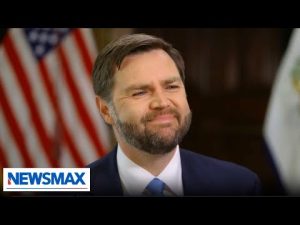**Five Years Later: Reflections on the Minneapolis Police Precinct Siege**
Five years ago, a significant chapter unfolded in American history at the Minneapolis Third Police Precinct, a place that has since become synonymous with upheaval and tension. The events that transpired there show just how quickly chaos can erupt, leaving lasting impressions on both the city and its law enforcement officers. The situation has left many, including several officers who continue to serve today, grappling with memories that still haunt them. Now, with five years passed, they want the world to understand the realities they faced during those harrowing days.
When George Floyd’s distressing altercation was captured on video, it sent shockwaves throughout the nation. Officers who instinctively knew this might lead to unrest were taken aback when the expected protests morphed into something far more severe. Initial encounters with angry crowds were alarming, as officers met aggression head-on while defending their precinct. The situation escalated rapidly, and what began as a law enforcement response soon devolved into chaos, with the precinct soon finding itself under siege.
Inside the precinct, the officers experienced tremendous stress while trying to maintain order. The smoke from burning buildings filled the air, visibility dwindled, and the threats piled up. Despite receiving rocks, bottles, and an onslaught of insults from the crowd, the officers persevered, hoping to keep their stronghold intact. They stood together, their spirits nearly broken, knowing that they were shielded only by their resolve and each other. After days of unrest, the order came for officers to evacuate, an order that many struggled to comprehend, leading to feelings of disbelief and defeat.
After evacuating the precinct, chaos erupted. Rioters seized the opportunity to loot, damage property, and light fires, leaving a void of law and order in their wake. The officers’ withdrawal was not just a tactical retreat; it was an emotional blow felt by all those who took an oath to protect and serve. In the days that followed, the lack of clear leadership from city officials compounded the confusion, leaving many to question the intentions and efficacy of those in power during this crisis.
Fast forward to the present, and the officers who faced that traumatic experience are still on the job, grappling with the fallout from those fateful days. They reflect on how policies and public perceptions have evolved, some becoming more challenging than ever. Despite the difficulties they face, many officers remain committed to their duties, dedicated to protecting the rights of citizens in a time when crime has surged. They believe there is still good to be done in their communities, even if the road ahead is fraught with obstacles.
From the ashes of that chaotic summer, reflections continue to prompt discussions about leadership and accountability. With Governor Tim Walz making headlines and considerations for higher office looming, many within the police department feel a mix of frustration and disbelief. They recall his handling of the unrest with skepticism, questioning how someone who let the events unfold could be in pursuit of national recognition. The sentiment echoes among officers who hold him accountable for a lack of decisive action when their safety was on the line.
In the end, those who serve may hold a glimmer of hope that the lessons learned from this turbulent chapter will pave the way for more thoughtful and actionable policies—I mean, who wouldn’t want to avoid an encore of that chaos? Five years later, the Minneapolis Third Police Precinct serves as a testament to the endurance of law enforcement and the resilience of a community that must unite to protect the sanctity of order and justice.







